How to Winterize a Sprinkler System and Why It's So Important

By Sharon Brandwein
Any lawn care enthusiast will tell you that a good sprinkler system may be a significant investment, but one that’s worth its weight in gold. And while sprinkler systems everywhere are hard at work doing their part to turn lawns lush and green during the spring and summer months, homeowners will find that they must take care to winterize their sprinkler systems before Jack Frost makes an appearance.
Ahead, this guide shares how you can easily winterize your sprinkler system in a few steps. Happy winter!
Photo via Morris & Bergen County Irrigation
Why You Need to Winterize Your Sprinkler System
Sprinkler systems are made up of a vast network of valves, pipe fittings, and other essentials. If homeowners do not take the important step of winterizing their irrigation system properly, they could run the risk of costly repairs once the season is over.
After you use your sprinkler system, water remains inside the pipes. If the sprinkler system is not winterized (aka drained), the remaining water will freeze and do what ice does: expand, which cracks your pipes. Couple that with the fact that sprinkler systems are typically underground, and it’s easy to see why repairing or replacing those cracked pipes can be quite costly.
In addition to the pipes, water can also get trapped inside the sprinkler heads of your irrigation system. Again, when the water freezes, it’ll expand, and the pressure will cause the sprinkler heads to pop off and break. If that weren’t plenty, the mechanism that regulates when the sprinkler heads pop up can also freeze and break off, leaving the sprinkler heads permanently stuck in the ground.
When to Winterize a Sprinkler System
To be safe, you should blow out your sprinkler system in early fall. However, keep a close eye on the weather and play it by ear—if there is any chance of below-freezing temperature in the forecast, make sure you do it before then. Check your area's first frost dates.
Safety Tips for Winterizing a Sprinkler System
When winterizing your sprinkler system, be sure to wear the proper eye protection. Remember that you are working with pressurized water, and if it decides to go rogue, that can lead to some pretty serious injuries.
Additionally, when you’re opening valves and releasing water pressure, you may want to take some extra precautions to make sure your pets are not loose in your yard; the unexpected noise could scare them and cause them to run off. Do your best to keep them indoors while you’re doing this task.
Photo via Shutterstock
How to Winterize a Sprinkler System
Winterizing your lawn irrigation system, or draining your pipes, is an easy way to ensure that your sprinkler system works come springtime. Here’s what you need to know.
Step 1: Turn Off the Water Supply
Before you begin dealing with any type of project that involves plumbing, your first step every time should be to turn off the water at the main valve. For most sprinkler systems, the main valve is usually near the water meter of your home. Most sprinkler systems also have valves to prevent backflow; be sure to shut those off too.
Step 2: Drain the Water
After you shut off the main water supply, your next step is to begin draining any water that's in the system. For the purposes of this guide, we will discuss two popular methods of draining your sprinkler system: the manual drain method and the automatic drain method. Which one you choose will largely depend on the type of system you have. Check in with your specific sprinkler system's instruction manual for guidance if you aren't sure.
Manual Drain Method
If your irrigation system is equipped with manual drainage, winterizing your sprinkler system should be easy enough. First, you’ll want to find the shut-off valves for your system, which are typically located at the ends of the piping. Slowly open the valves one at a time, allow the water to escape, and close the valves when finished.
Automatic Drain Method
If your sprinkler system has an automatic drainage feature, then you can winterize your sprinkler system in a few easy steps. These types of systems are designed to drain the water automatically when the main valve is shut off and the water pressure drops. Very often, draining your sprinkler system is as easy as turning off the main water supply and opening one of the sprinkler heads to release the pressure in the system.
Remember that while this may discharge most of the water in the system, there may be some water still trapped within the valves. To drain this water, loosen the solenoids (the plastic caps with wires coming out of them) on each of the valves in your system. To loosen, simply twist them off in a counterclockwise direction. Doing so lets air flow in and pushes the water out. Re-screw the solenoid caps on once water is done coming out of them.
Step 3: Insulate the Above-Ground Components
For your final step in winterizing your sprinkler system, you’ll want to make sure that all of the above-ground components of your system are adequately insulated from the inbound cold temperatures. Ideally, the main shut-off valve and any exposed pipes should be sheltered in foam covers or wrapped in insulation tape.
More Tips for Protecting Your Sprinkler System
Winter can be the bane of a sprinkler system's existence, so it's important to treat the piping and valves with care and winterize the system properly to keep it working its best.
Each zone of your sprinkler system should be blown out twice to make sure all the water is purged from the system.
If you don’t feel comfortable winterizing your own sprinkler system, you can call in a professional to do it for you. Local lawn care companies typically provide this service, and they’re an excellent place to start your search.
Do you have any advice for winterizing your sprinkler system? Tell us in the comments—we’d love to hear about it!



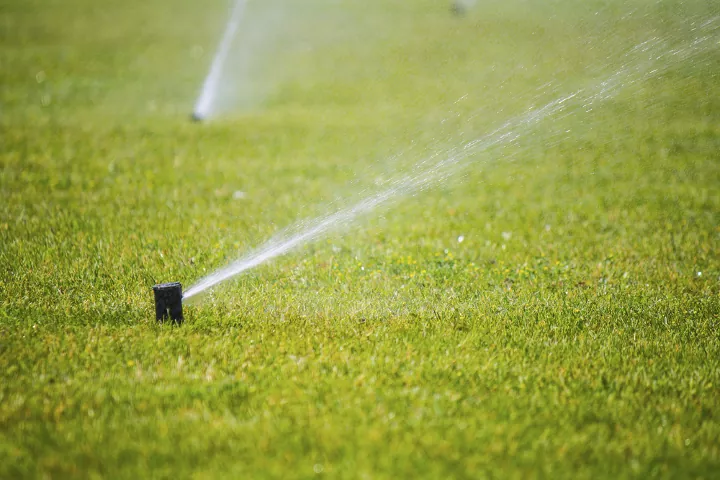

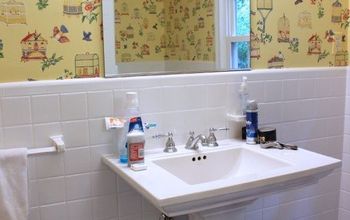


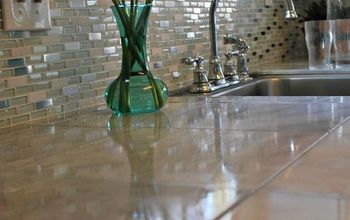




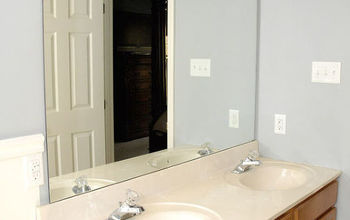






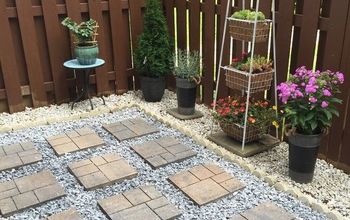
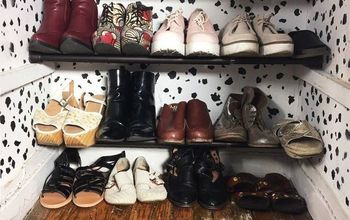

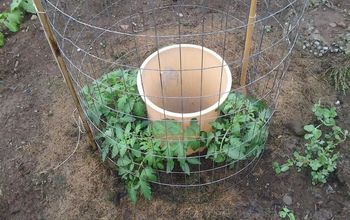

Frequently asked questions
Have a question about this project?